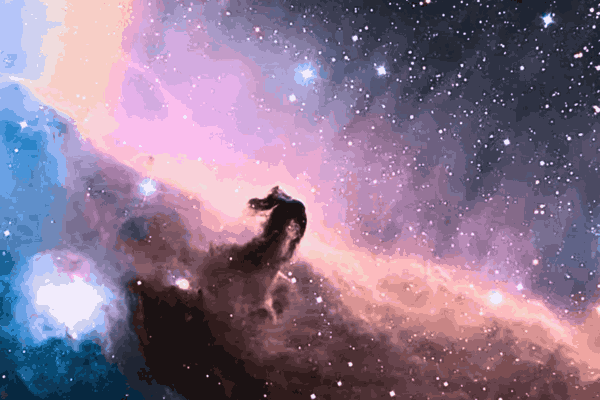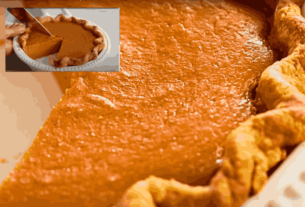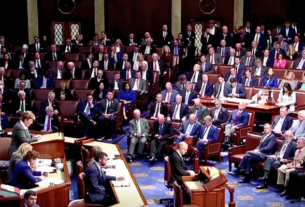THE HORSEHEAD NEBULA
NASA’s James Webb Space Telescope (JWST) has recently captured breathtaking images of the Horsehead Nebula, revealing intricate details of this iconic celestial body. These images, the sharpest ever taken of the Horsehead Nebula, provide a closer look at one of the most majestic objects in the night sky.
Unveiling the Beauty of the Horsehead Nebula
Located within the larger Orion Molecular Cloud Complex, the Horsehead-Nebula is one of the nearest and most active regions of star formation in our Milky Way galaxy.
The new observations from the JWST show the top of the “horse’s mane,” unveiling small-scale structures on the edge of this giant cloud of dust and gas.
Birthplace of Stars – The Horsehead Nebula
The Horsehead Nebula is a photon-dominated region (PDR), where massive young stars warm up gas and dust between stars. This region serves as a stellar nursery, where dense clouds of gas and dust give birth to new stars. The intense light from these young stars sculpts the nebula, creating its distinctive shape.
Capturing the Essence of the Nebula
The JWST’s Near-InfraRed Camera (NIRCam) and Mid-Infrared Instrument (MIRI) have captured stunning images of the Horsehead Nebula.
The photos reveal a curved wall of thick, smoky gas and dust with distant stars and galaxies behind it. The MIRI instrument captured a small portion of the Nebula, showing thick white and blue smoke punctuated by dark voids.
A Cosmic Sculpture
The Horsehead Nebula, also known as Barnard 33, is named for its horse-like structure, which sets it apart from other Celestial bodies. It was formed from a collapsing cloud of dense, cool gas, illuminated by a hot young star embedded in its top left edge.
While the surrounding gas has been eroded, the densest pockets remain, forming the nebula’s distinctive pillar.
Astronomical Insights
Astronomers predict that the Horsehead Nebula has about five million years left before succumbing to erosion. Until then, it remains one of the best regions for studying how radiation from stars interacts with interstellar matter.
These observations provide valuable insights into the process of star formation and the dynamics of interstellar clouds.
Conclusion
The James Webb Space Telescope’s detailed images of the Horsehead Nebula offer a glimpse into the beauty and complexity of our universe. These observations not only enhance our understanding of stellar nurseries and star formation but also serve as a reminder of the vastness and wonder of the cosmos.
Also Read About Milee Weapon Mastery in FORTNITES’ Close Combat




